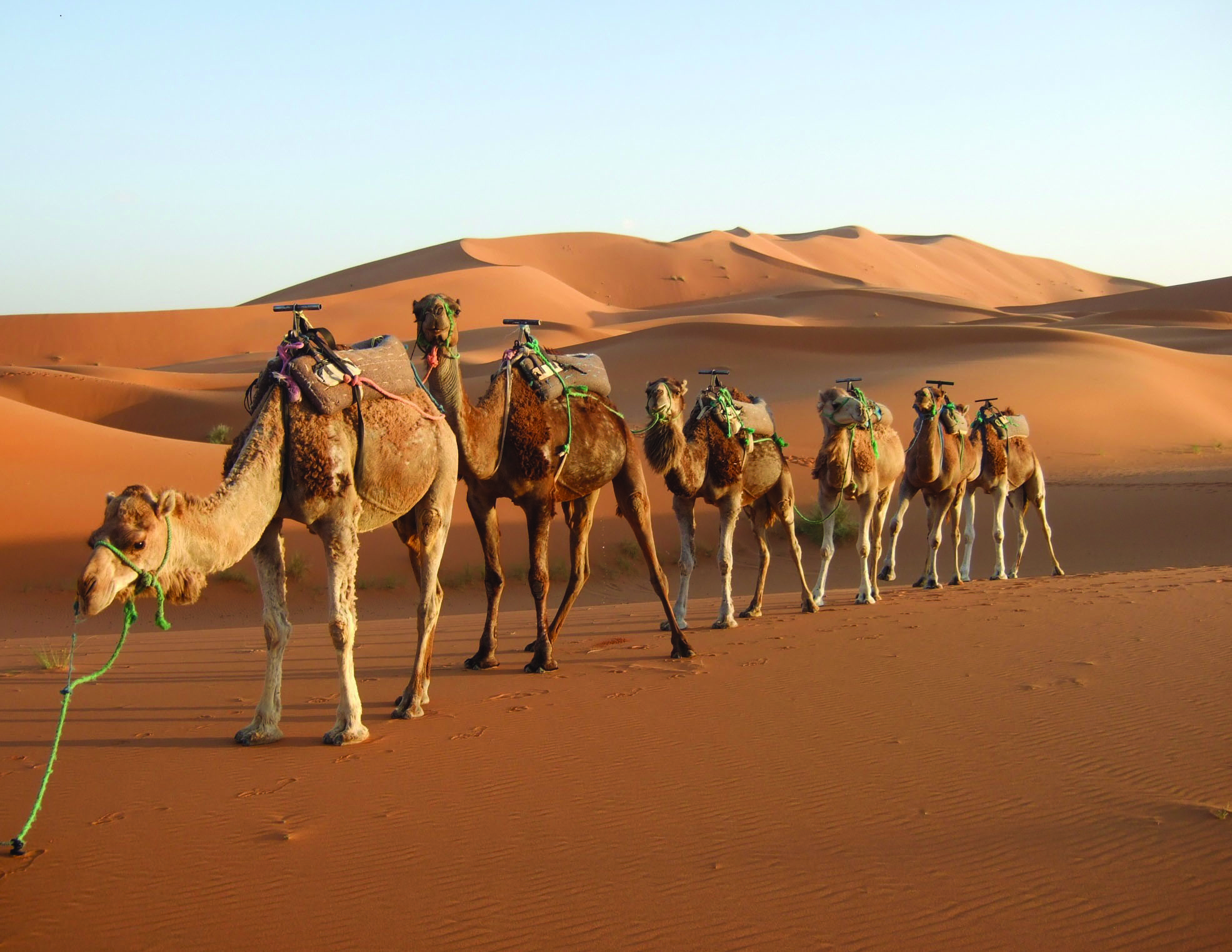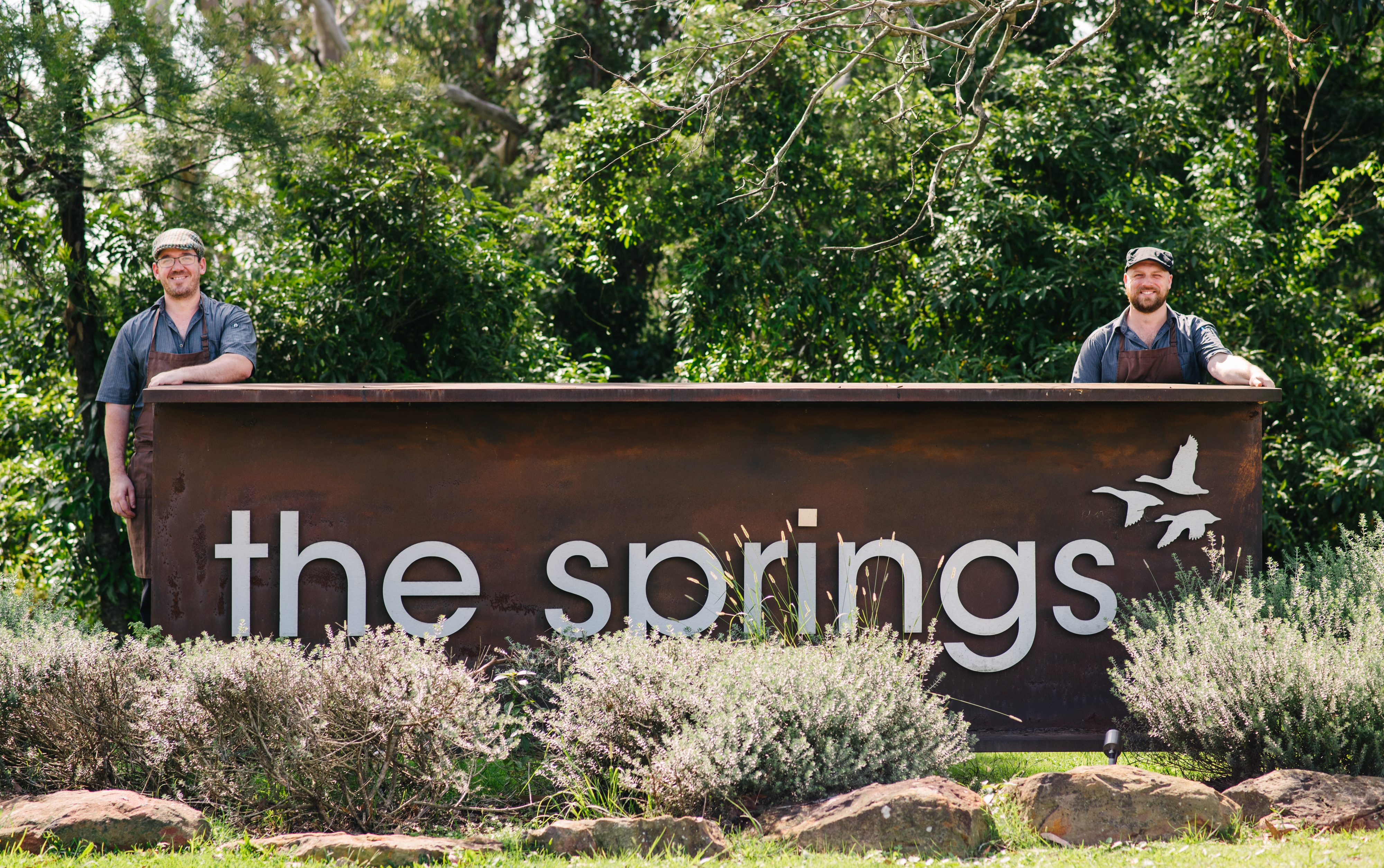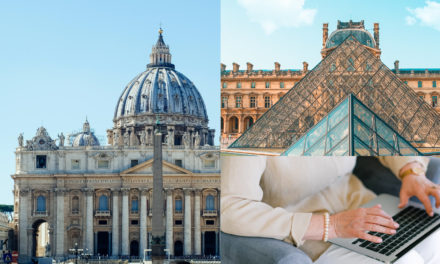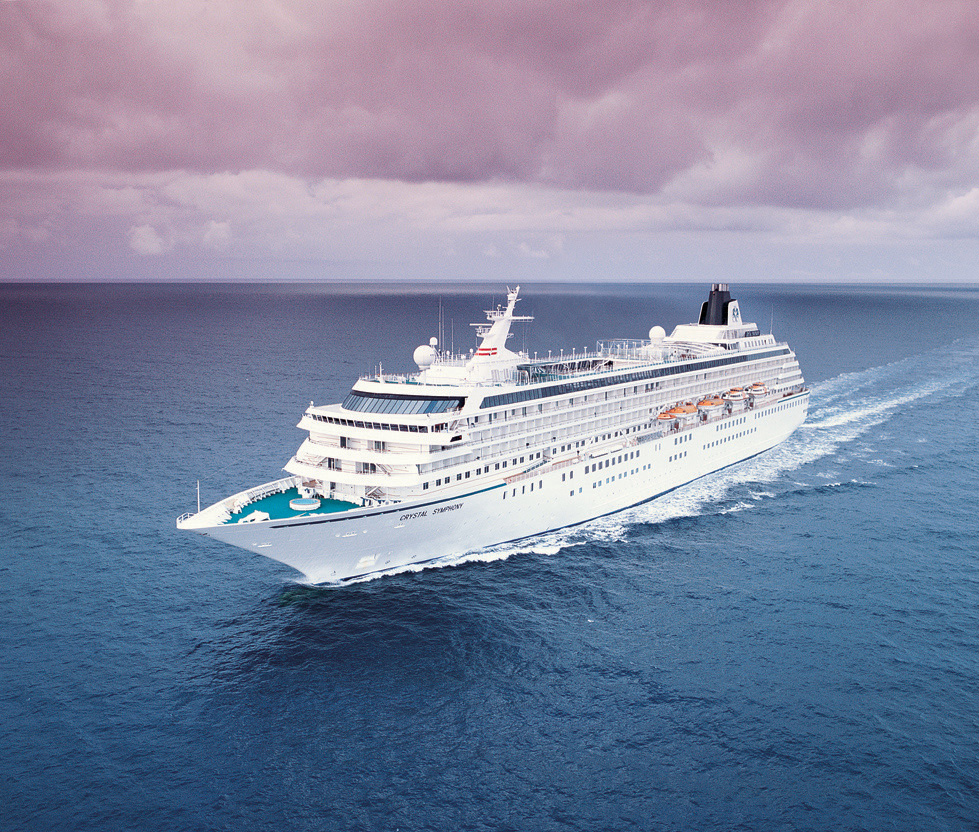Prepare to immerse yourself in the sun-drenched capital of North African culture!
By Tess Gibney
Frenetic, sweaty and disarmingly foreign, it’s hard to comprehend the bustling port city of Tangier in Morocco’s North is less than a 45 minute ferry ride from mainland Europe. Though similar in climate to the southernmost coast of Spain, the likeness ends abruptly there. Tangier is the tantalising, assaulting entry to Africa, and a prelude of sorts to the vast cultural differences that lie ahead in awe-inspiring, mystical Morocco. Whether you arrive from Europe via boat over the Strait of Gibraltar or fly directly into the tourist hub of Marrakesh, your experience in the country will undoubtedly be rich, stimulating and, at times, unpredictable.
Where to go:
MARRAKESH
Situated at the foothills of the Atlas Mountains, Marrakesh is best known for the chaotic and overwhelming souks bordering Jemaa el-Fnaa (the commercial centre of Marrakesh’s old city). Peppered with tiny, vibrant shops, the city’s market sells everything from silver laden with glistening stones to woven rugs and worn, embroidered leather.
Narrow and intricate alleyways take you deeper into the heart of the musty, bamboo covered souks to reveal exotic spices and Middle Eastern glassware. Be sure to thoroughly explore the centre of the UNESCO world heritage listed Jemaa el-Fnaa too, where sleepy snakes bob to the rhythm of their charmers and identical stalls selling fresh orange juice abound. You could happily pass a whole day – or days, even – in the fortified old city (medina), simply wandering and absorbing the chaos.
CHEFCHAOUEN
Aptly nicknamed the blue pearl, gorgeous Chefchaouen is a popular destination for European tourists and backpackers in the balmy summer months. Nestled in the shadow of the arching Rif Mountains, the traditional medina houses and blue-washed buildings climb steadily upwards. Significantly less frantic than other Moroccan cities such as Tangier, Marrakesh and Fes, Chefchaouen is an ideal destination for people wanting to take a break from the at-times exhausting rigour of travel.
Like much of Morocco, Chefchaouen is a sensory experience; an explosion of colour and sound that both soothes and excites the soul. The Plaza Uta el Hamam, at the centre of the medina, is a spirited mix of Spanish and Arabian influences, and offers an impressive view of the majestic mountains which are most beautiful at sunset. Though you could easily spend your days idly exploring the narrow and intertwining blue streets, try to conquer the sprawling mountains and their miniature villages – on your own or with a guide. Similarly, the Ras El Ma (literally the “head of water”) – a waterfall to the east of the medina – is a picturesque place to watch the residents of Chefchaouen converge.
FES
There is no better city to experience the depth of Moroccan culture than Fes, a metropolis largely untouched by tourism, where burdened donkeys still carry heavy loads through cobbled, uneven streets. A walled city within a city, it is Fes el Bali – or the “old city” – that warrants a visit. A medieval labyrinth of sorts, it is the third largest city in the country and home to the biggest car-free urban area in the world. To walk through the magnificent gates of the Bab Bou Jeloud (the entry to the old medina), is to literally step back in time; and it seems upon arrival that there are few places in the world to have retained such an old-worldly charm.
Once you’ve finished trawling the dark streets discovering secret mosaicked gardens and the eye-assaulting, yet fascinating sight of the meat and fish market, it’s worth taking a guided tour to one of the many leather tanneries Fes is famous for. Though the smell is stifling and pungent, the view from above the honeycomb of dry earthen pits is mesmerising. Almost as old as Fes itself – having existed since the 11th century – the tanneries treat animal hide in cow urine and pigeon faeces, before dying them in a range of kaleidoscopic colours. Wind your way to the balcony of a nearby shop to brave the scent before admiring the supple leather goods inside.
Recommendations:
Atlas Mountain Drive
The Tizi N’tichka pass in the High Atlas Mountains is one of the most spectacular (albeit challenging) roads in North Africa. Hairpin corners weave steadily up wards as if into the sky; with kilometres separating the vehicle from the arid land below. If you’re heading to the Sahara from Marrakesh, this is the way you’ll travel – and it’s well worth it. The majestic views are interspersed by quirky roadside stalls selling moon rocks and Moroccan trinkets, effervescent locals unfazed by both the dizzying height and heat.
Camping in the Sahara
If you’re going to visit the Sahara, you may as well go ahead and sleep in it. A wonderful way to immerse yourself totally in the decidedly other worldly desert, there aren’t really any words to describe the magic of falling asleep under a perfect sky and waking up at sunrise to an expansive sea of orange. Not to mention the ride to the camp – on a camel. It’s just something you have to do, and most hotels in the major cities offer packages that include transportation to and from the desert.
Hammam
No authentic Moroccan experience is complete without a trip to a traditional ‘hammam’. Similar to ancient Turkish bathhouses, a visit to a Moroccan hammam is both cultural, cleansing and perhaps the best way to meet and interact with locals. A ritual component of Moroccan life, most Moroccans generally go once a week to rejuvenate and unwind. But don’t go expecting anything fancy, as many of the local hammams are sparse and basic – it’s more about the social nature of the bathhouse than anything else. Nonetheless, it’s always a refreshing respite from the relentless heat and chaos of Moroccan cities. Go, relent and let yourself be scrubbed until your skin is raw. Just remember to take your own soap and shampoo!












